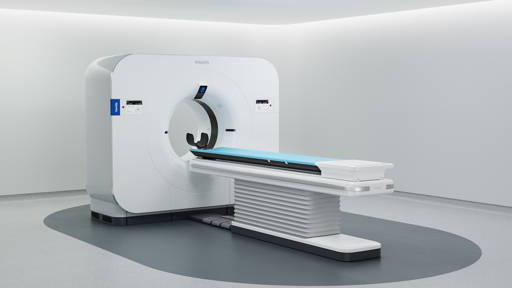A new AI-driven technology for predicting breast cancer risk has received “Breakthrough Device” status from the FDA. This software, called Prognosia Breast, was developed by researchers at Washington University School of Medicine in St. Louis and licensed to the spin-off Prognosia Inc. The system is designed to accurately predict women's individual five-year risk of developing breast cancer using mammography images.
The AI technology analyses both traditional 2D mammograms and 3D images from digital breast tomosynthesis and generates a risk score based on this. What makes the software unique is that it uses only image data and age information. According to the developers, the prediction is more than twice as accurate as conventional risk assessments, which are typically based on questionnaires with demographic and family data.
Accelerated approval procedure
The granting of “Breakthrough Device” status means that the technology is eligible for an accelerated approval procedure, shortening the path to clinical application. This status is reserved for innovative medical devices that can have a significant impact on the diagnosis or treatment of serious conditions such as breast cancer.
The system was trained on tens of thousands of historical mammograms from women screened through the Siteman Cancer Centre. Some of these women later developed breast cancer, teaching the system which early image characteristics are relevant for future disease development. This makes it possible to detect subtle abnormalities that are difficult to see even for experienced radiologists.
Support for radiologists
Prognosia Breast is not intended to replace the assessment by radiologists, but to complement existing screening protocols. The risk score can support clinicians in identifying women who would benefit from additional screening, such as MRI, or preventive drug treatments, including tamoxifen or endocrine therapy. According to guidelines from the U.S. Preventive Services Task Force, among others, a five-year risk of 3 per cent or higher is considered elevated.
An important advantage of the system is that it uses existing infrastructure: mammography centres usually already have the necessary equipment and data. This means that the threshold for implementation is relatively low. According to figures from the Centers for Disease Control and Prevention, more than three-quarters of women between the ages of 50 and 74 have had a mammogram in the past two years, which significantly increases the reach of the technology.
Earlier diagnosis and more effective treatment methods
Despite widespread screening efforts, breast cancer in the US is diagnosed at an advanced stage in one-third (34%) of women. By predicting risk profiles five years in advance, this technology can contribute to earlier detection and thus to more effective treatment options.
The technology is also in line with the growing trend towards personalised prevention. Thanks to the risk score, women gain insight into their individual health risks, enabling them to make targeted choices about their preventive care together with healthcare professionals.
Further validation in clinical study
The developers of Prognosia Breast plan to further validate the system in a clinical study at the Siteman Cancer Centre. The risk score will be combined with standard procedures such as breast density measurements. Patients with an increased risk will be actively monitored by breast health specialists.
According to the researchers involved, this is only the beginning. Future versions of the software should also be able to analyse multiple years of mammograms, which will further increase its predictive power.
This development illustrates the potential of AI in clinical practice: not as a replacement for human expertise, but as a powerful tool for more accurate and personalised risk assessment. The FDA's approval marks an important step in the integration of advanced technology into preventive breast cancer care.









